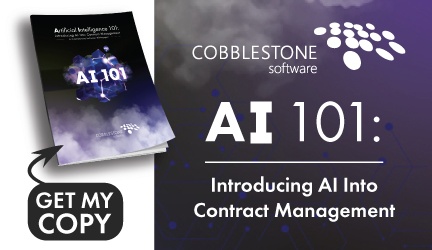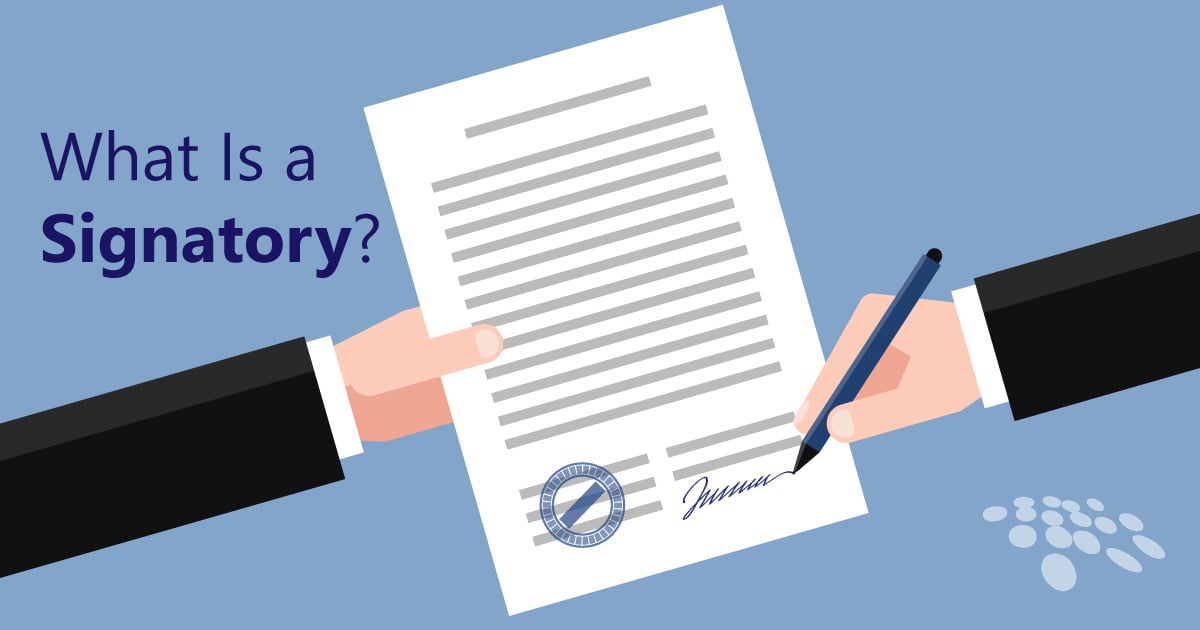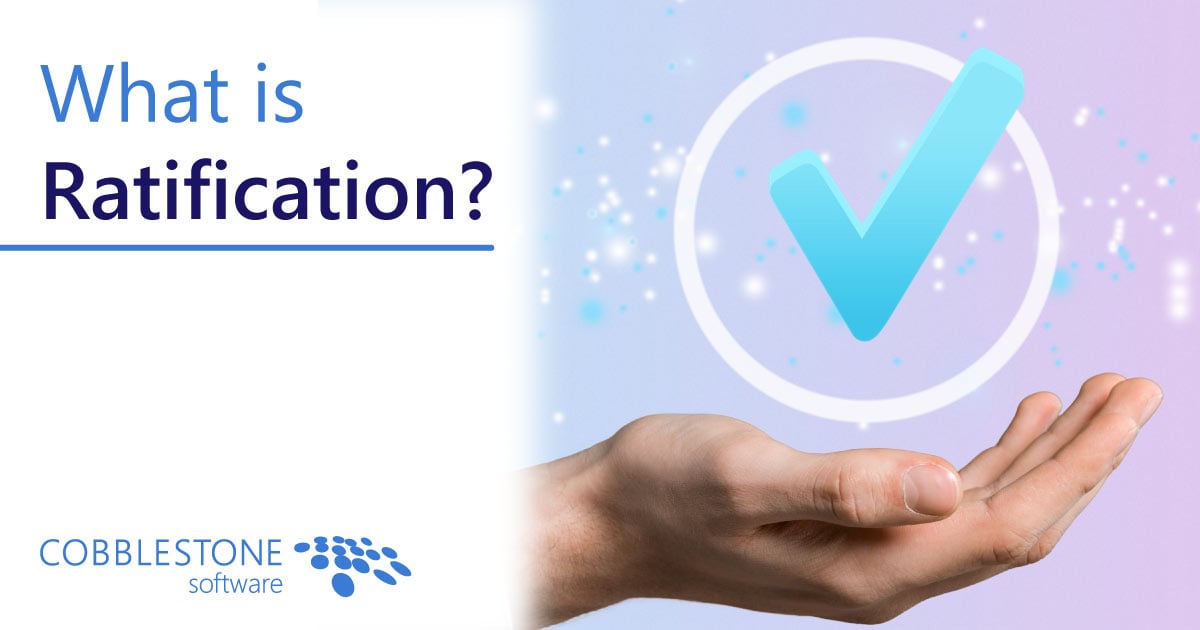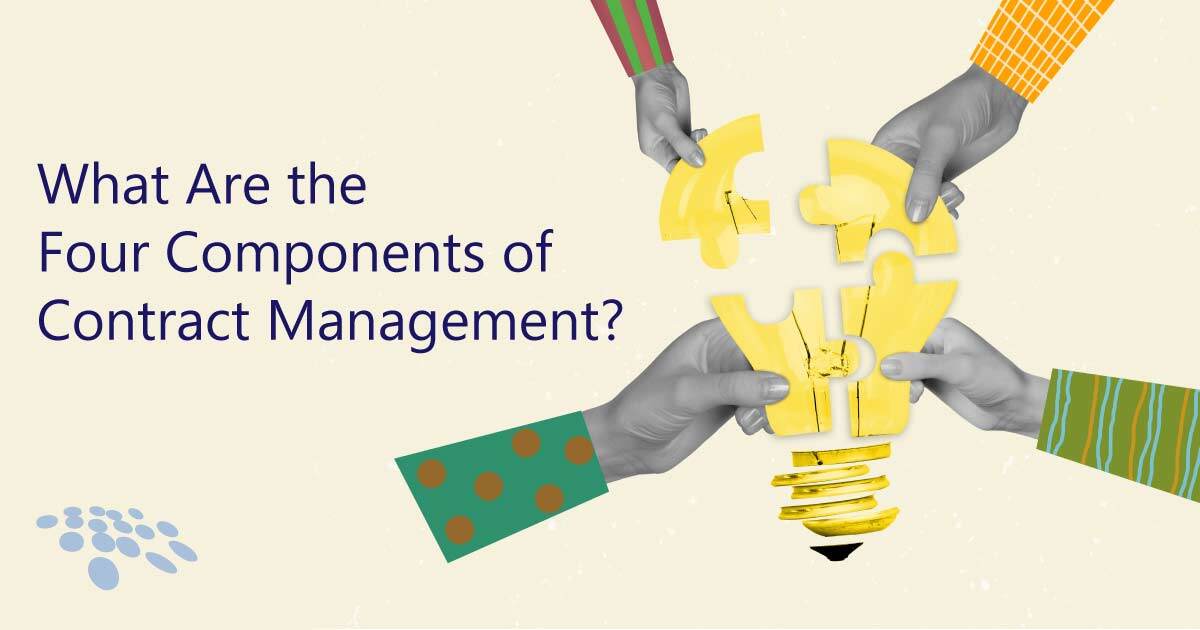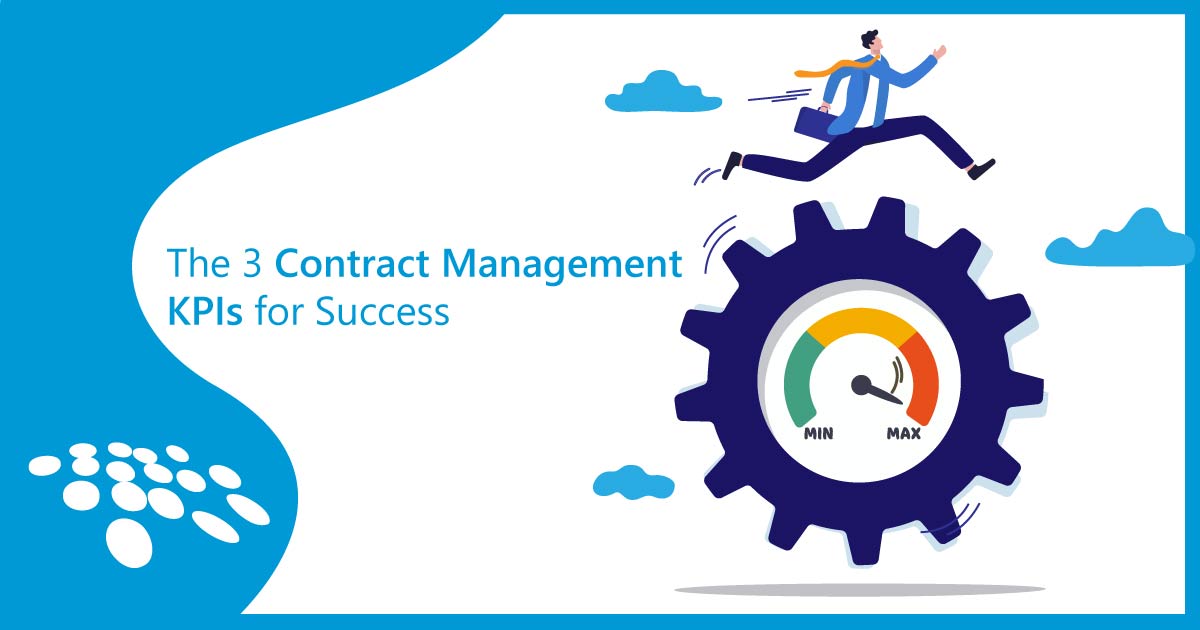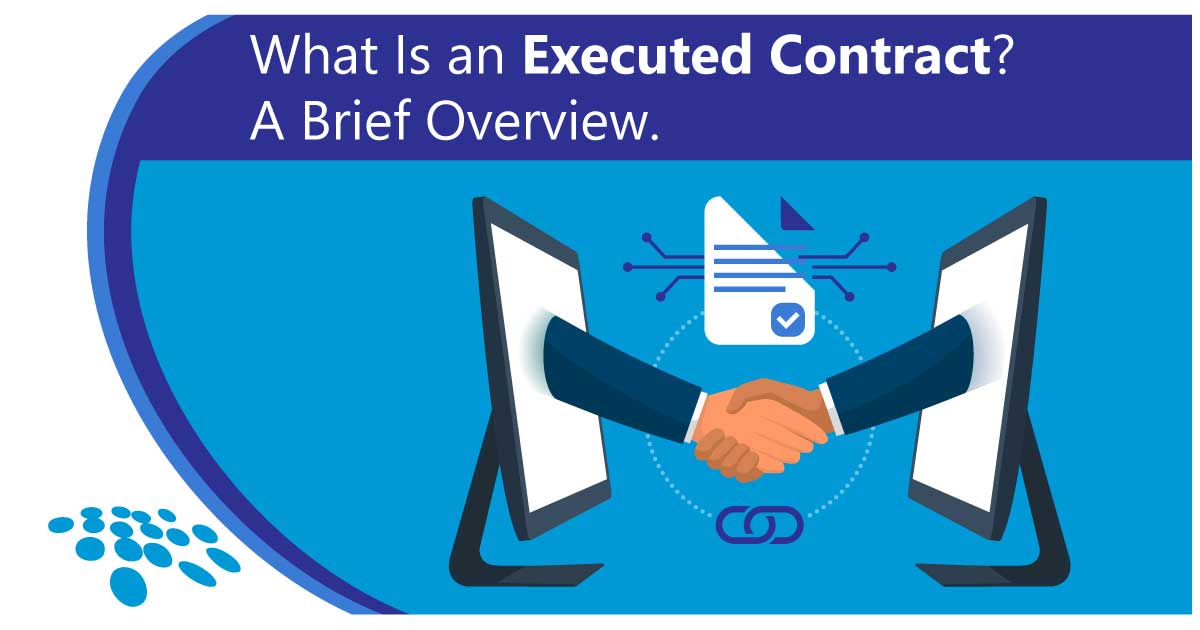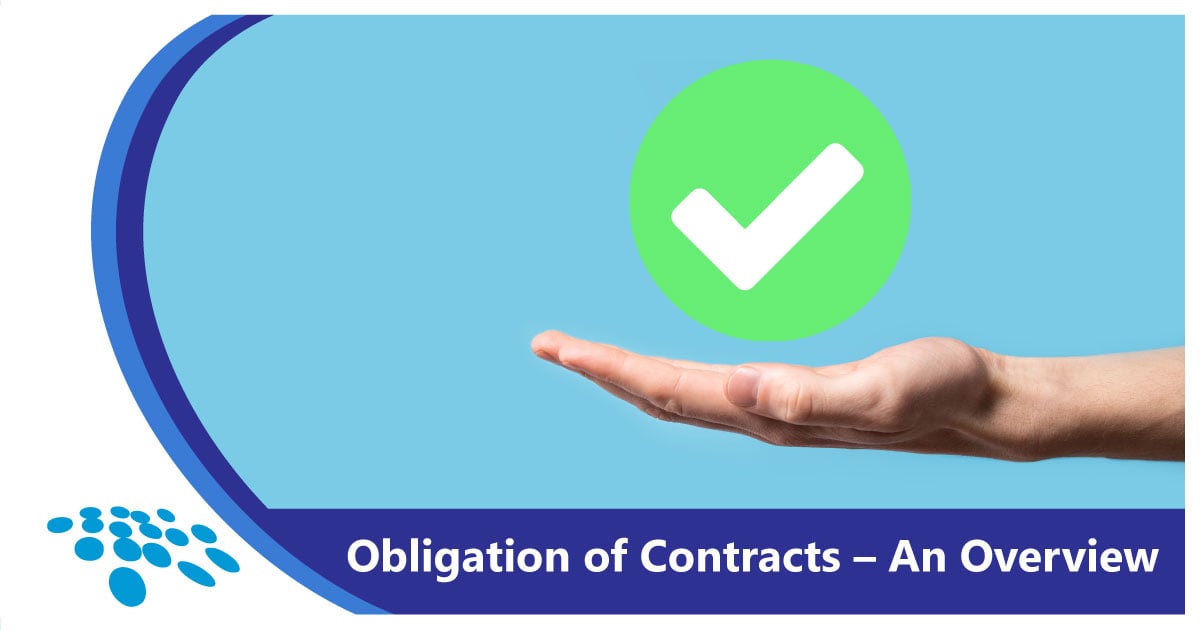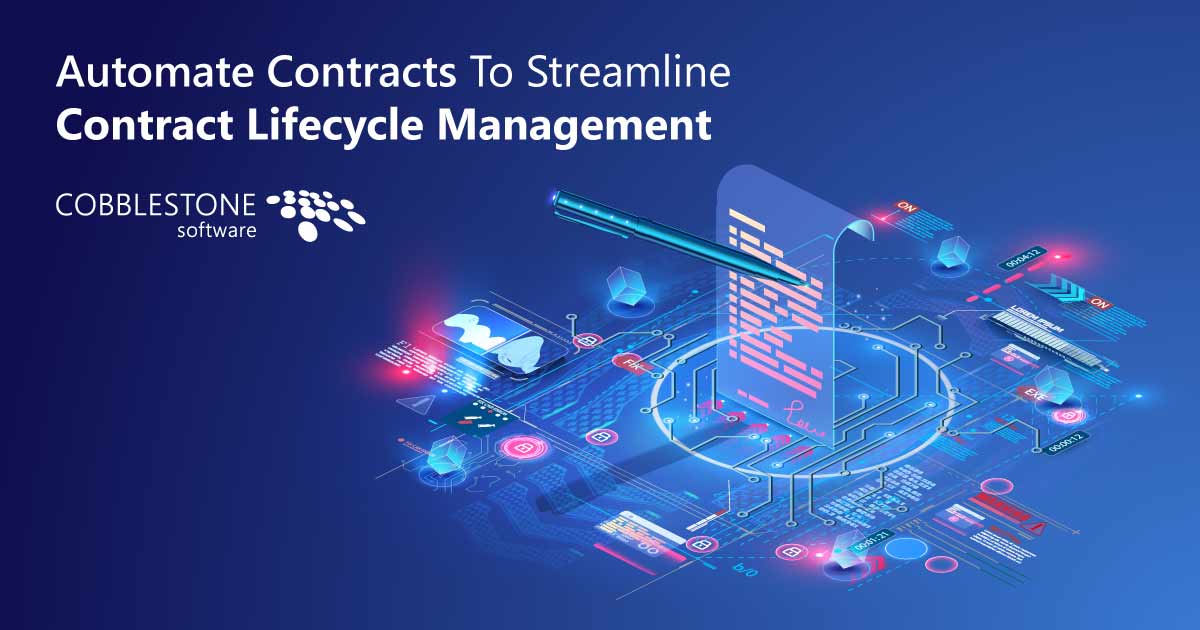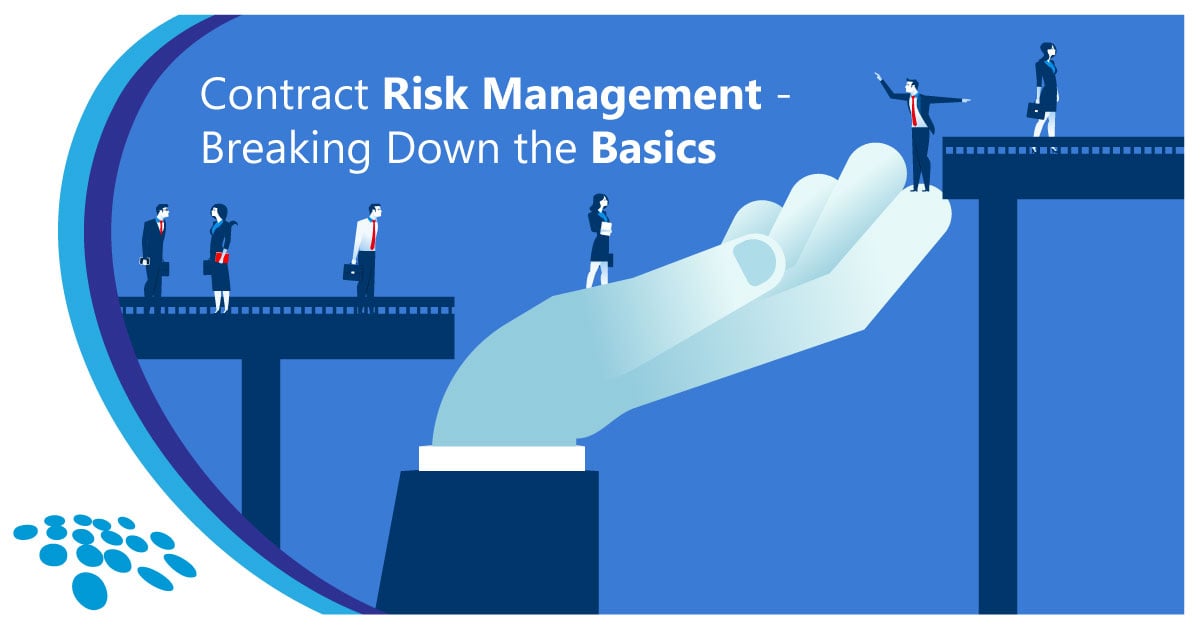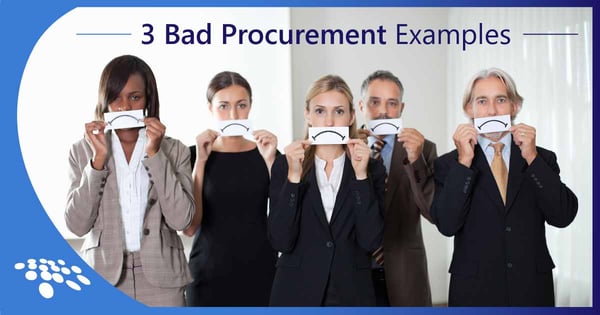
The procurement process is a many-feathered bird that leaves a lot of opportunity for success. However – just as your organization can succeed on many fronts – so too can your team face common procurement challenges. Such challenges can result in costly pay-per-solicitation, limited outreach, redundant data entry, and association with vendors that can harm your organization with procurement fraud, scandals, product failure, and failure to deliver what was promised.
Thankfully, you can avoid these procurement pitfalls. Beware of these three procurement situations that can lead your organization down a bumpy road.
#1 – Procurement Fraud Exposure
You are already well aware that corruption and fraud are all too common in business. Procurement is – unfortunately – no exception.
Examples of procurement fraud include:
- Bid Rigging: For example, vendors and suppliers collude to rig the bid process to sell at higher prices. Often, this process involves rewarding colluding parties with kickbacks. Bid rigging is a manipulation of the market – and is illegal in most jurisdictions.
- Bribery: Market advantages, direct payment, or gifts are provided to incentivize a receiving party to violate procurement duties to give a supplier an unfair advantage.
- Conflict of Interest: Decisions are disproportionately influenced between parties who have a vested business relationship. This manipulation results in unfair outcomes for the business partners.
- Product Substitution: Suppliers “bait and switch” buyer specialists, purchasing managers, and others by providing inferior goods and services to reduce costs. There is a lack of transparency regarding costs and a concealed effort to fail to deliver what is promised to save suppliers money.
Without a risk management system set in place for risk mitigation, your team can fall prey to procurement fraud – costing you big time financially, legally, and reputationally.
#2 – Disorganized Procurement Data
There is a lot to juggle with procurement. You must be able to manage supply chains and supplier relationships, vendors, purchase orders, and more in an organized manner. This cannot be done without reliable data and an organized procurement system for managing said data.
If procurement teams have trouble locating and organizing mission-critical procurement process data, procurement cycle bottlenecks will ensue. If your team does not have robust procurement practices in place, you can risk a lack of awareness, a cluttered repository full of irrelevant data, and difficulty locating important procurement data when you need it. As such, you might have to:
- sift through countless emails to locate bid responses, vendor communications, and purchase orders.
- sift through outdated procurement data you no longer have any use for just to find the relevant documents and contracts.
- deal with inventory shortages or excessive inventory due to not being able to keep track of payments, deliveries, and key dates.
#3 – Disjointed Procurement & Contract Management Processes
A lack of integration between procurement processes and contract management procedures can leave your team disordered and confused.
Manually managing bids, purchase orders, and vendors is challenging enough. On top of that, subsequent contracts need to be drawn up as well. If you are managing procurement with a mere basic contract database, you can face:
- error-laden and unfavorable contract terms for procurement contracts.
- delays in awards that cause awarded vendors and suppliers to lose interest.
- delays in the execution of purchase orders and product delivery that can leave your team scrambling.
- these challenges and more.
Preventing These Bad Procurement Examples
The bottom line is that procurement managers are likely to fail if they encounter one or more of these negative examples. You will be happy to know that the deleterious procurement situations above can easily be avoided. Modern procurement solutions allow your team to:
- run one-off and recurring OFAC searches to screen vendors, suppliers, and others against the US Treasury Department’s national sanctions list under the Office of Foreign Assets Control to avoid procurement fraud.
- map risk and risk exposure on a visually-engaging risk assessment matrix to avoid procurement fraud, risks, irregularities, and budgeting issues.
- easily search for, report on, and manage procurement data on a secure procurement and contract repository.
- integrate contract management and procurement processes into a one-stop, user-friendly experience.
Thankfully, CobbleStone eProcurement Software provides all of the tools mentioned above and almost countless others – providing a single source of truth for eProcurement and contract processes.
Book a FREE demo of CobbleStone® today!




